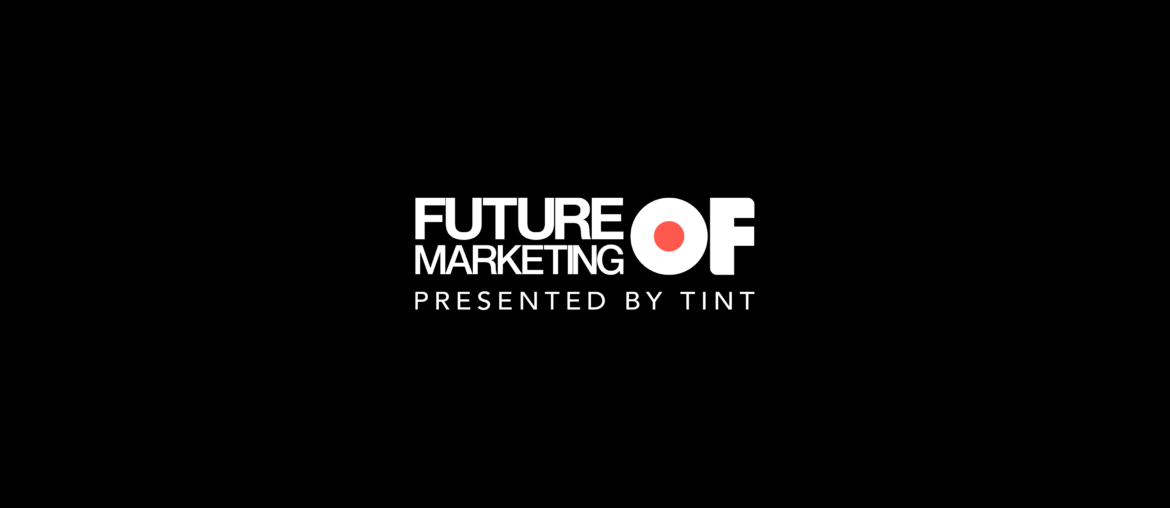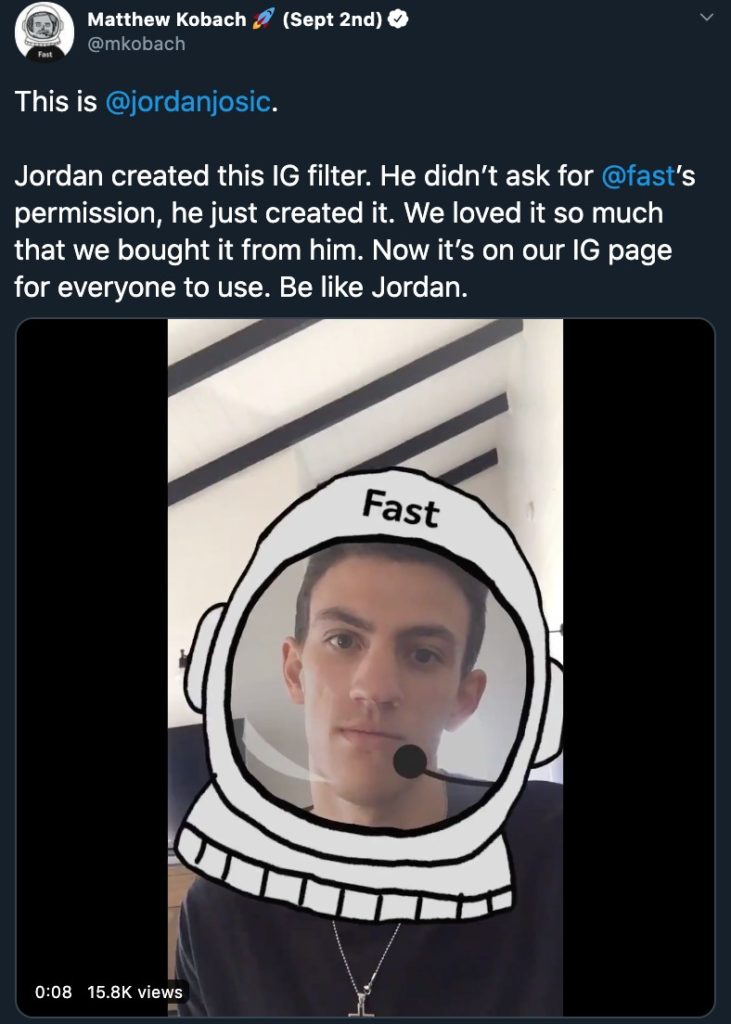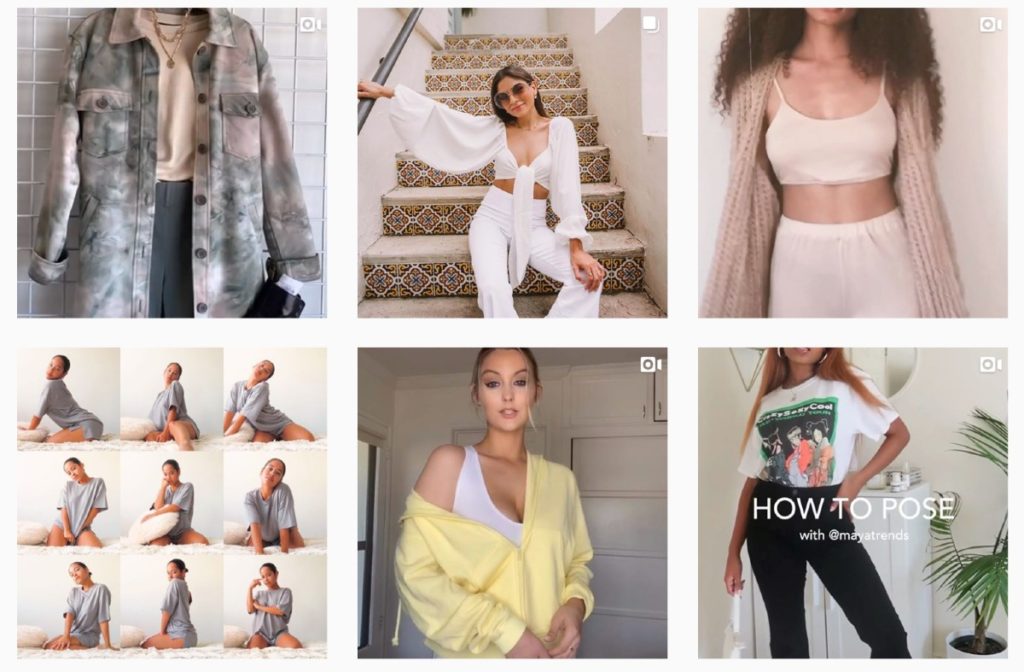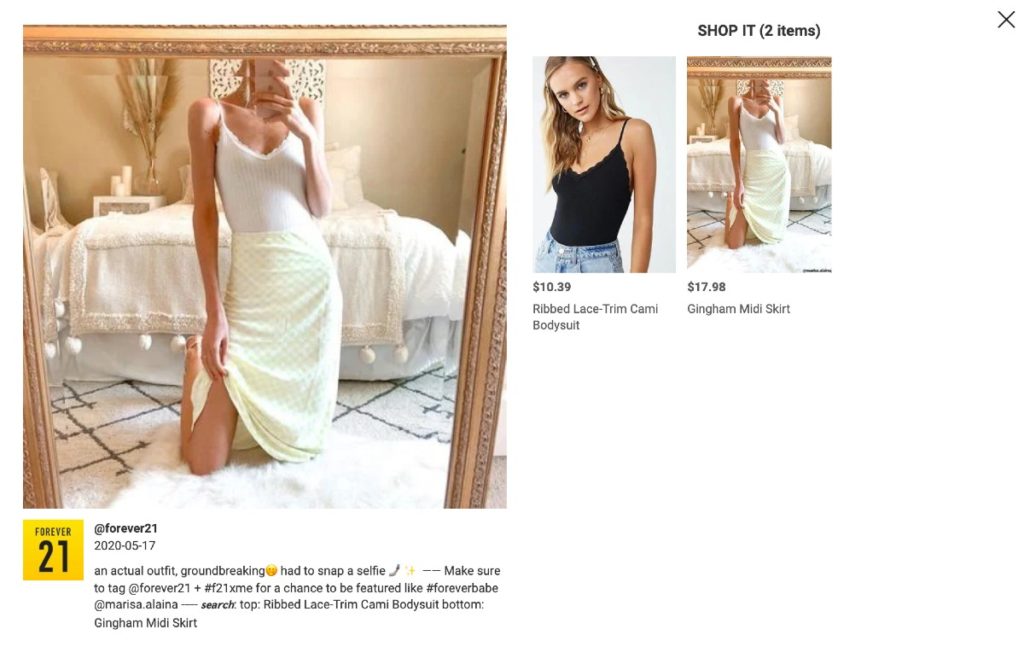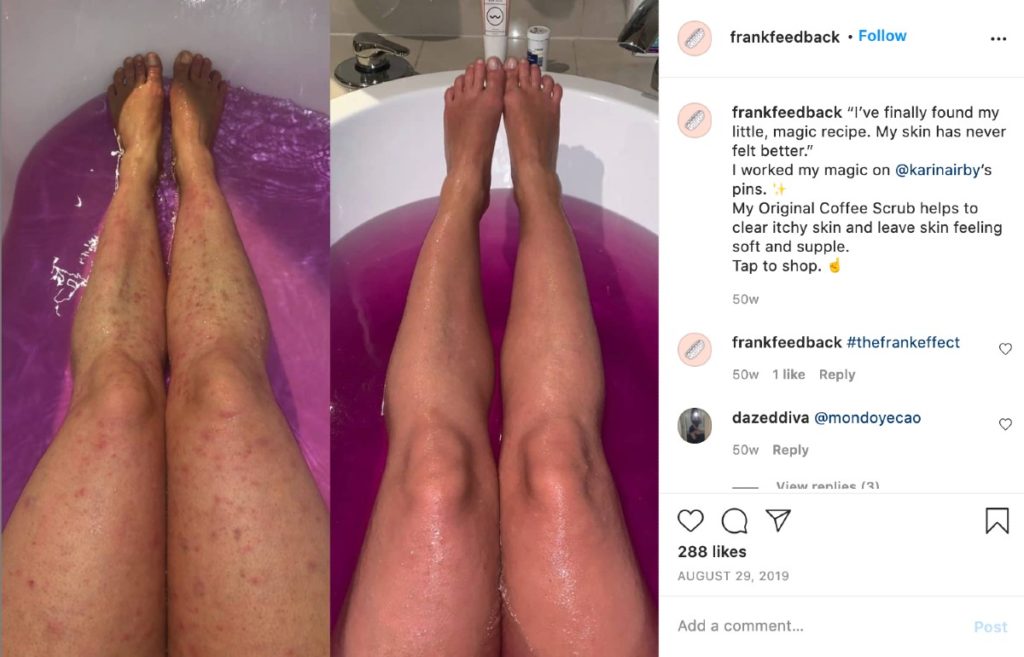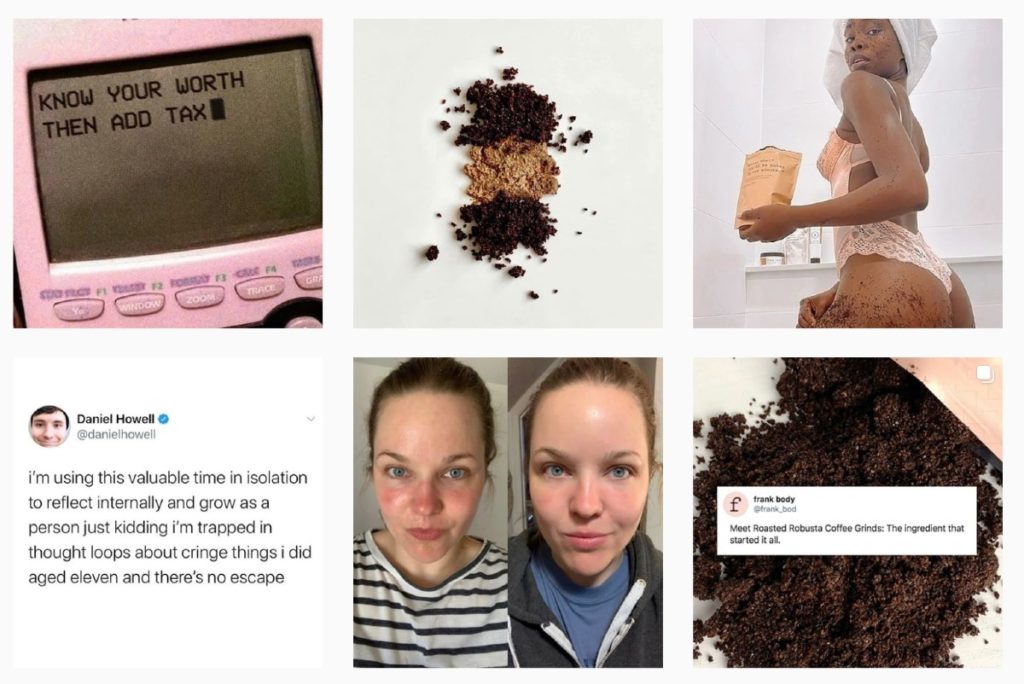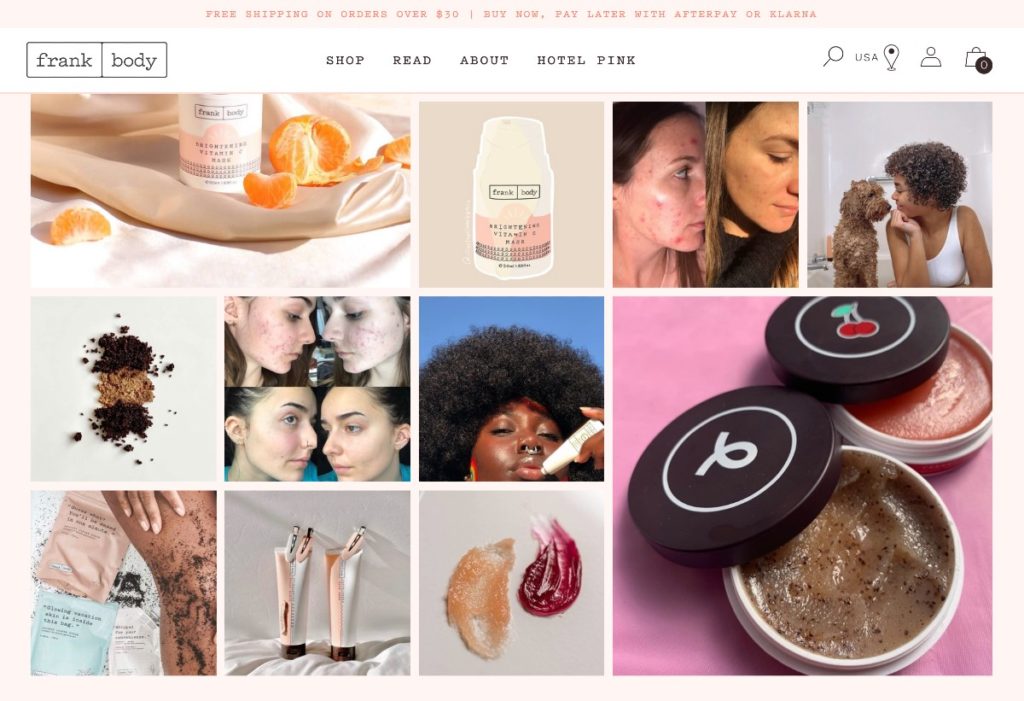This content originally appeared August 20, 2020 as part of the Future of Marketing weekly email series. Subscribe here.
Niche sites like Poshmark and ThredUp – and platforms like Etsy and Facebook Marketplace – are giving independent sellers the ability to showcase their products. The demand for second-hand goods or ‘re-commerce’ is expected to surge within the next five years. Major brands like Amazon and Walmart are competing to gain market share. And fast delivery, a strong customer experience, and sustainability are now expected among young consumers.
For brands, all of this means that combining great products, ethical practices, and intentional touchpoints (online and offline) will be vital to enticing brand loyalty as we embrace the future of eCommerce.
Faster (and social) experiences
While on-site consumer reviews can increase conversions by 74 percent, Barriliance shared the shopping cart abandonment rate makes up 80 percent of potential purchases. This is usually because of complex check-out experiences, which require users to fill out an average of 23 fields to make one single purchase.
The team at Fast is building a solution to give users a one-click shopping experience and taking a unique spin to its content – from getting Twitter users to update their profile image with a Fast helmet to highlighting user- and employee-generated content within social assets.
Fast’s new Director of Content Marketing, Matthew Kobach, is developing and sharing the brand’s social media strategy on his personal Twitter in real-time – a great way to position himself and the company as thought leaders in a way that feels relevant, insightful, and transparent.
Besides encouraging user-generated content, Matthew is filming a road trip around the States to help highlight Fast’s Fast Flex Program, which encourages employees to work from anywhere they feel most productive.
Encourage your team to build their personal brand on social media (this includes you) to position themselves as thought leaders and help drive traffic to your business – whether or not social commerce applies to your brand.
Half of millennials are rethinking holiday shopping
National stores, including Target, Walmart, Best Buy, and Kohl’s announced Thanksgiving closures, as over half of millennials in the U.S. (51%) reported they would be making all or most holiday shopping at small local businesses. This sets high expectations for major brands that will force them to rethink the ‘new’ customer experience.
“Given the importance of safety and convenience, we expect more customers to shop earlier, search for great deals throughout the season, and take advantage of our online and omnichannel conveniences,” Kohl’s shared in a statement.
According to Jane Hali & Associates, Kohl’s social media following is at about 1.5 million and hasn’t grown since February 2020, which presents an opportunity to create engaging content.
Forever 21 is one brand already implementing omnichannel strategies – like repurposing user-generated content on its feed from select hashtags…
Using visual search tools to upload inspiration and find similar products. And giving users the ability to shop within user-generated images (or Shop the ‘Gram) on its website.
As businesses prepare for the holidays, a well-crafted and customer-centric marketing strategy will only reinforce new habits early, help you capture the market, and strengthen the connection consumers have with your brand.
So, if you haven’t started planning your holiday strategies, this is your cue.
What we’re learning…
- Social Commerce is replacing the shopping mall – and this article shares how social media platforms are adjusting (and how Asia is already way ahead of the game).
- How to prepare your eCommerce ad strategy for an uncertain Q4
- What it means to be a Gen Z beauty brand today. Hint: it means having a great product and standing for something.
- Payless relaunches online with plans to unveil new brick-and-mortar concept stores
- TikTok launched a new tutorials mini-site to help brands make use of its platform
- And this TikTok user reported Amazon may be turning empty JC Penney and Sears stores into fulfillment centers.
#brandcrush
Frank Body
Each week in #brandcrush we highlight exceptional brands
that are channeling their customers’ voice to connect more
authentically with their audience.
In 2013, Frank Body’s founders invested $5,000 into one product and no marketing budget. Within four years of launching on Instagram, the business was generating $20 million dollars in yearly revenue, distributed in 150 countries, and now has over 700k Instagram followers.
So, what did Frank Body do right?
Well, a lot.
“We had a very deliberate UGC strategy from day 1,” Jess Hatzis shared with Forbes.
Before launching its website, Frank Body sent samples to Instagram micro-influencers in Australia, including make-up artists and beauty bloggers. Six months after launching, people started sending them before and after pictures of their skin upon using their Frank Body scrub.
Now, Frank Body collects user feedback via the #thefrankeffect and #letsbefrank hashtags on Instagram (i.e. user-generated content), where users are constantly sharing positive reviews. Frank Body even created a second account (@frankfeedback) where they repurpose before and after customer images and feedback.
Another thing Frank Body got right is it emphasizes its value proposition throughout its communication channels with messaging that feels everything ‘millennial’ – the right blend of rebellion, humor, transparency, and confidence. It also uses pronouns like ‘I’ and ‘me’ to refer to its brand. It solves a problem with natural ingredients…
And Frank Body features relevant content by its customers in its ‘Babes in the Wild’ website gallery. This move makes customers feel included (and ahem, increases web conversions):
Identify one thing your brand or product can do better than anyone – and double down on it.
But don’t stop at having a great product.
Find people who can influence your target audience and entice them to advocate for you, so you can accomplish more with less.
If you enjoyed reading this email, share it with a friend – or subscribe to our weekly Future of Marketing newsletter.
